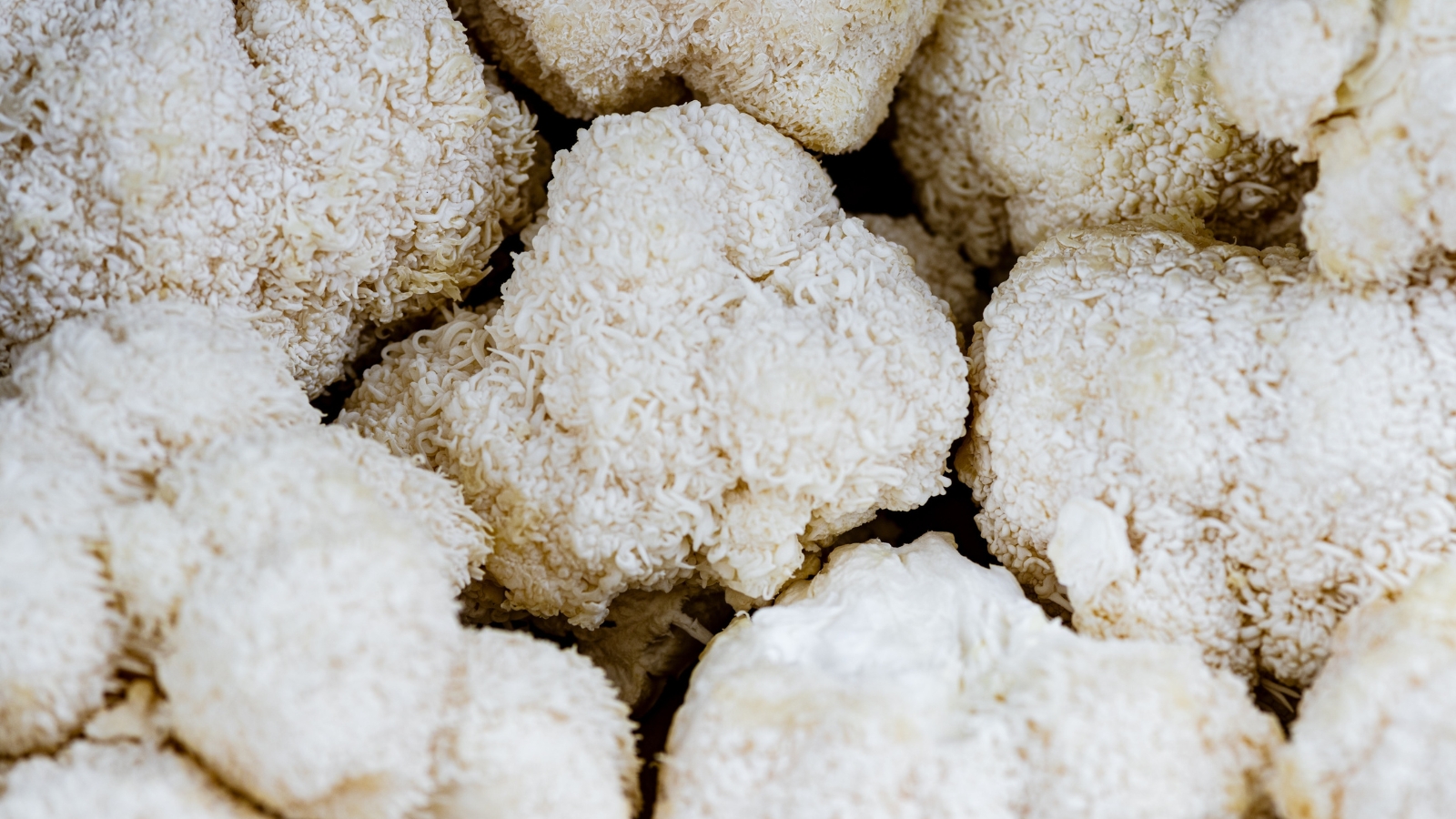Wellness
The Many Facets of Flow Cytometry
Flow cytometry is not just a technique. It has matured into a scientific field, one that has become virtually indispensable for most areas of biomedical…

Flow cytometry is not just a technique. It has matured into a scientific field, one that has become virtually indispensable for most areas of biomedical research. Some of its more well-known applications include the counting of cells, the identification and interrogation of cell-surface and intracellular molecules, and the evaluation of cell cycle progression. More recently, flow cytometry has contributed to varied research endeavors. These include efforts to improve clinical management, the design of therapeutics and vaccines, and the development of better cell therapies.
Improving quantitation with spectral flow cytometry
“When we first developed spectral flow cytometry, we did not do it to increase the number of phenotyping markers that we could see,” says J. Paul Robinson, PhD, distinguished professor of cytometry and professor of biomedical engineering at Purdue University, and director of Purdue University Cytometry Laboratories. “[We did it to improve the separation of] closely overlapping reagents.”
In 2004, Robinson first described spectral flow cytometry as an approach that has many advantages over conventional flow cytometry. Rather than using individual detectors to detect photons, spectral flow cytometry collects the entire spectral profile from laser-excited fluorophores. It allows the complete fluorescence spectrum of an individual cell to be measured.
“It turns out that a useful side product of spectral flow cytometry is the possibility of phenotypic separation in the traditional way as well, because the nature of the dye with respect to the hardware becomes less relevant,” Robinson explains. “The possibility of accommodating any dye is a powerful thing.”
Historically, a major focus of flow cytometry was on finding ways to circumvent the limitations of existing instruments. Options included designing more powerful lasers, creating more complex dye sets, or achieving better separation. To a large extent, such expedients become irrelevant with spectral flow cytometry because a dye can still be used even if a strong overlap exists between spectra, as long as they can be unmixed.
Robinson says that although flow cytometry is routinely referred to as “quantitative,” one of the most important changes that must occur over the next few years is a shift to true quantitation. “We can certainly measure the number of cells,” Robinson notes, “but that is not really what quantitation is about.”
For example, antibody fluorescence intensities are referred to as dim, moderate, or bright. And cells, including cancer cells from clinical samples, are routinely described as being positive or negative for a surface receptor. “We measure the number of receptors that are expressed on cells, and yet we don’t measure them,” Robinson points out. “We don’t distinguish quantitatively between a strongly positive cell and a less strongly positive cell.”
A unique advantage of flow cytometry is that it has the potential to quantitatively measure the number of receptors on a cell surface. “The big question that we are avoiding is how important that measurement could be,” Robinson stresses. For example, in the case of minimal residual disease, which refers to cancer cells that persist in a patient after treatment, assays that can detect the presence and characteristics of residual cells are increasingly important tools in clinical management.
“We can detect those residual cells using flow cytometry, but what we don’t do is one additional step to quantitate the number of receptors on those cells,” Robinson observes. “Maybe that is important in at least some clinical cases, and if it is important in any patients, then I think it should be done.”
Using flow cytometry to leverage directed evolution
“We use flow cytometry as part of a platform to perform directed evolution in mammalian cells,” says Zening Wang, PhD, a postdoctoral scholar in the laboratory of Xin Ge, PhD, associate professor of molecular medicine, University of Texas Health Science Center at Houston (UT Health Houston). The Ge laboratory generates stable cell lines that encompass large monoclonal libraries of transgenes with uniform transcription.
At the Ge laboratory, one application is to display surface immunoglobulin G molecules carrying mutations in their Fc regions, followed by labeling with green fluorescent protein–fused antigen and biotinylated Fc gamma receptors. “This allowed us to select for cells that have a higher binding strength to the receptor of our interest,” Wang explains.
Key capabilities are the engineering of antibody variants, the assessment of each variant’s biological activities, and the selection of variants that have improved binding characteristics. Together, these capabilities have major therapeutic applications.
“One key factor in our design was to have two colors, one for the display and expression level of the mutants, and the other for the isolation of the mutants that have higher interaction with the Fc gamma receptors,” says Ge, who is also the Kay and Ben Fortson Distinguished Chair in Neurodegenerative Disease Research at UT Health Houston.
Biopharmaceutical discovery efforts in Ge’s group focus on challenging targets, which include antibodies that provide specific functions, such as enzymatic inhibition and the neutralization of viruses, or act on membrane proteins that are more difficult to interrogate experimentally yet have therapeutic importance. As part of this work, Ge and colleagues perform protein engineering and use fluorescence-activated cell sorting to isolate antigen-specific T-cell receptors and antibodies that modulate cellular targets such as G protein–coupled receptors.

“A major challenge with existing instruments is the tradeoff between sorting rate and sorting purity, as they are extensively correlated,” Wang notes. The success of directed evolution approaches, which involve iterative cycles in which a target gene is randomly mutagenized and products with desirable characteristics are selected, depend on the number of cells or variants that can be screened as well as on the quality of the readout. The experiments typically require the screening of large libraries.
“In our more recent instruments, we showed that we can achieve very high sorting rates,” Wang asserts. “But high sorting rates can compromise the sorting purity. And if sorting rates and flow rates are too high, that may even affect cell viability.”
Toward designing better therapeutics and vaccines
At the University of Colorado, Boulder, Timothy Whitehead, PhD, associate professor of chemical and biological engineering, uses flow cytometry at his laboratory to advance the development of small-molecule biosensors. “We use flow cytometry mainly as a measurement tool to help us biochemically validate some of the sensors that we develop,” he says. “[Our approach] allows us to reconstruct the biochemistry and calculate the apparent dissociation constants.”
To study sequence-function relationships for protein-protein interactions, Whitehead and colleagues have developed a method that combines deep sequencing, comprehensive mutagenesis, yeast surface display, and fluorescence-activated cell sorting. For example, Whitehead and colleagues have used a yeast-based system to accelerate the development of PYR1-based sensors.
PYR1 is a plant hormone receptor that functions through a chemical-induced dimerization mechanism and possesses a malleable ligand-binding pocket. To evolve PYR1-based sensors that can be controlled by a diverse range of drug-like small molecules, Whitehead and colleagues have been clarifying the “rules of recognition” for the PYR1 scaffold.
In a recent study, Whitehead and colleagues used a yeast surface display–based rapid functional screening assay to identify escape mutants for neutralizing antibodies that targeted the receptor binding site of the SARS-CoV-2 spike protein. “We were looking for mutations that can still maintain binding to the ACE2 receptor but are no longer recognized by neutralizing antibodies,” Whitehead explains.
Using this approach, scientists in Whitehead’s laboratory identified several hotspots for escape mutants, and many of them mapped to the periphery of the ACE2 receptor recognition site. As part of this work, Whitehead and colleagues provided an openly available community resource that includes libraries and software to assist other investigators in their efforts to develop therapeutic strategies. Whitehead notes, “We are using this tool to engineer antibodies that are resistant to viral escape.”
Building on these findings, Whitehead and colleagues engineered SARS-CoV-2 neutralizing antibodies and assessed the ones that are potent for antibody escape. This effort was part of a larger collaboration involving research groups led by Joseph G. Jardine, PhD, and Dennis R. Burton, PhD. (Jardine is affiliated with the International AIDS Vaccine Initiative, San Diego, CA, and Burton is affiliated with Scripps Research, La Jolla, CA.) The researchers used a directed evolution–based approach and helped identify several antibodies that have enhanced in vitro receptor binding, reduced viral escape, and superior protection in animal models.
This approach is positioned to enable better strategies to optimize vaccines and therapeutics against viral variants. “We are able to evaluate mutations at scale and use synthetic approaches to assess potential viral diversity,” Whitehead asserts. “This can be used not only as a prophetic tool, to establish the set of possible mutations on essential viral proteins, but also as an engineering tool, to generate therapeutics like monoclonal antibodies.”
Developing lab-on-a-particle technology
Dino Di Carlo, PhD, the Armond and Elena Hairapetian Chair in Engineering and Medicine and Professor of Bioengineering at UCLA, says that his laboratory’s lab-on-a-particle technology could be very helpful to the flow cytometry community. Di Carlo and colleagues recently manufactured nanovials, which are hydrogel-based chemically functionalized microcontainers that act as a solid support, and to which adherent or suspension cell types can be attached.
Using this platform, Di Carlo and colleagues performed high-throughput functional sorting of hybridoma cells and B cells based on the cells’ antigen-specific antibody secretion profiles. The researchers were able to enrich a cell population that was originally present at 4% abundance to over 90%.

At the Antibody Engineering and Therapeutics meeting in December, scientists from Alloy Therapeutics reported that they had applied nanovials to discover new antibody sequences from plasma B cells against target antigens. The scientists noted that they found binders that were more diverse and had higher affinity than the binders found using standard discovery approaches.
Di Carlo notes that flow cytometry instruments can be made to work like computers. That is, different formulations of lab-on-a-particle technology can be introduced to flow cytometry instruments, much like different applications can be installed on computers. “Since the approach is modular,” He adds, “it can be informative about the functions of cells, such as what they secrete or how they interact with other cells.”
In a related strategy that combined the use of the bispecific antibody technology with high-throughput microfluidic droplet generation, Di Carlo and colleagues co-encapsulated individual T cells with anticytokine capture and detection probes into uniformly sized microdroplets. Then the scientists used flow cytometry to analyze cytokine secretion by individual cells, free of the crosstalk that occurs between neighboring cells.
When this approach is used, the dynamic range for the detection of secreted interleukin-2 can be 10-fold greater than it is when non-encapsulated cells are used. In addition, this approach can offer better opportunities to use functionally characterized cells or cell groups for applications such as cell therapies. Multiplexed flow cytometry analysis or sorting of so-called polyfunctional T cells (that is, T cells that secrete more than one cytokine) was also demonstrated using the nanovial technology.
“One thing that is missing, especially in the cell therapy field, is function-based cell sorting,” Di Carlo points out. “When you try to make analogies to past analytical approaches to characterize small-molecule drugs or protein drugs, things break down.”
Past approaches relied on expressing, purifying, and manufacturing at scale well-characterized small molecules or proteins. Accordingly, the structures of small molecules or proteins used in biochemical or cellular assays or for therapeutic interventions were somewhat predictable. In the cell therapy field, however, when a gene is engineered into cells, not all of the cells will have the insertion at the same location, and even if they do, they will behave differently based on the environmental conditions that they’ve experienced.
“Measuring the final functional output of cells will be important in the cell therapy field, but knowing what cells do on average is far from the ideal situation,” Di Carlo states. “We want to select the most effective subpopulations that perform the specific functions that we are looking for.”
The post The Many Facets of Flow Cytometry appeared first on GEN – Genetic Engineering and Biotechnology News.
manufacturing
genomics
therapeutics
antibodies
cell therapy
small molecules
vaccines
biopharmaceutical
biomedical
medicine
health
hardware
aids
software
application
therapy

Lion’s Mane Mushroom: History, Benefits, and Adaptogen Properties
Explore the intriguing world of Lion’s Mane Mushroom in our comprehensive guide. Dive into its unique properties, historical significance, and myriad health…
AI can already diagnose depression better than a doctor and tell you which treatment is best
Artificial intelligence (AI) shows great promise in revolutionizing the diagnosis and treatment of depression, offering more accurate diagnoses and predicting…
Reasons You should Get this: Neptune Wellness Solutions Inc (NASDAQ:NEPT), WeTrade Group Inc. (NASDAQ:WETG)
NEPT has seen its SMA50 which is now -9.28%. In looking the SMA 200 we see that the stock has seen a -92.25%. WETG has seen its SMA50 which is …
The…













